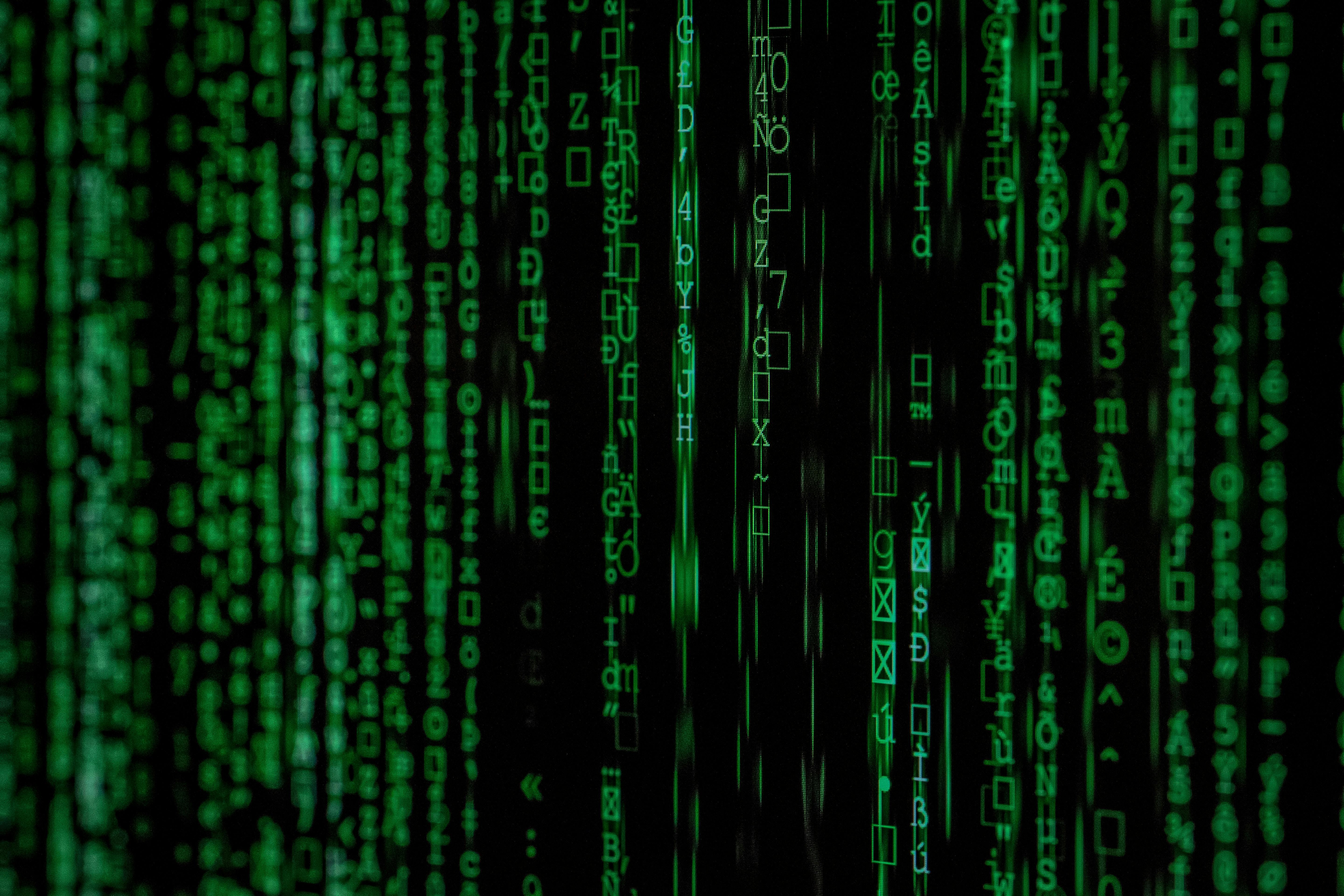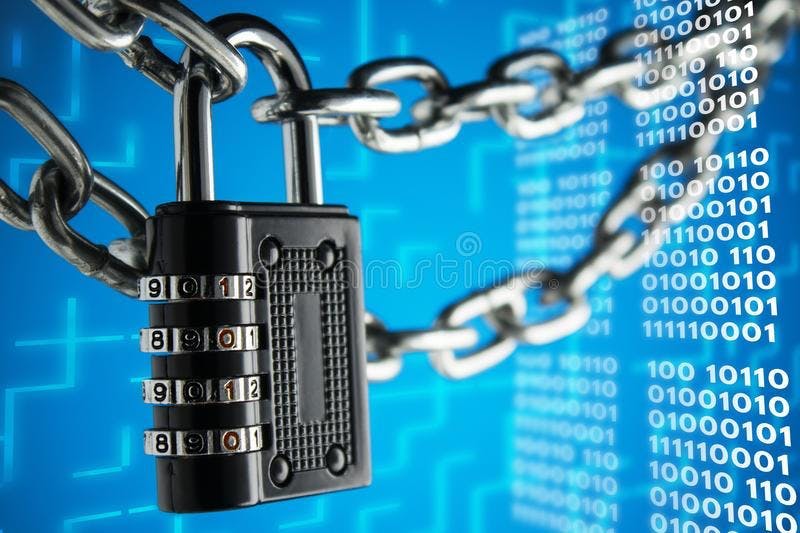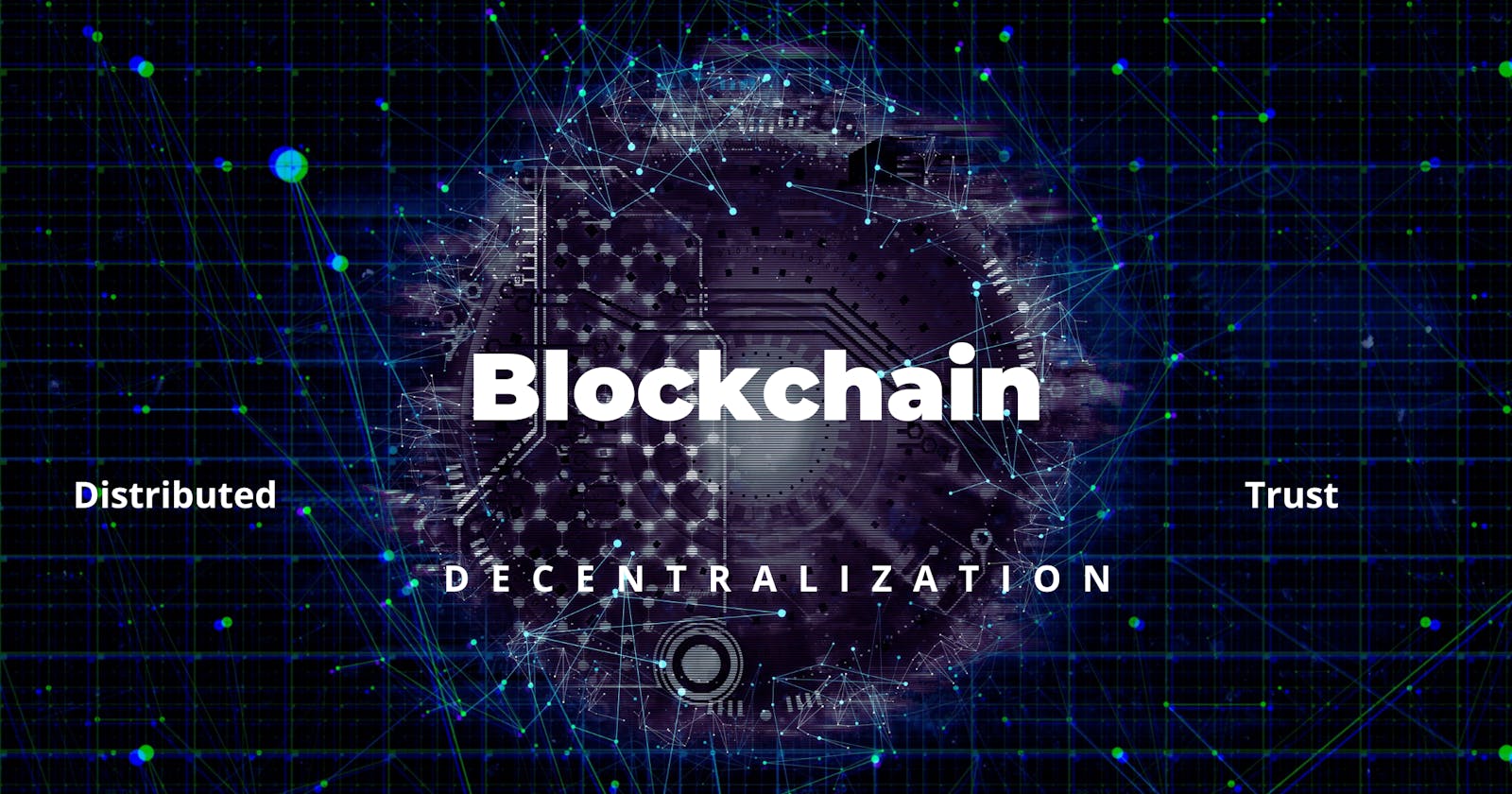Definition
Blockchain is defined as the distributed ledger, peer-to-peer that is cryptographically secure, append only & immutable.
The events that led to blockchain
- 1960s – Invention of computer networks
- 1969 – Development of ARPANET
- 1970s – Early work on secure network communication including public key cryptography
- 1970s – Cryptographic hash functions
- 1973 – Extension of ARPANET to other geographic locations
- 1974 – First internet service provider, Telenet
- 1976 – Diffie–Hellman work on securely exchanging cryptographic keys
- 1978 – Invention of public key cryptography
- 1979 – Invention of Merkle Trees (hashes in a tree structure) by Ralph C. Merkle
- 1980s – Development of TCP/IP
- 1980 – Protocols for public key cryptosystems, Ralph C. Merkle
- 1982 – Blind signatures proposed by David Chaum tamper-proofingtamper proofing document timestamps. This can be considered the earliest idea of a chain of blocks or hash chains
- 1992 – Cynthia Dwork and Moni Naor publish Pricing via Processing or Combatting Junk Mail. This is considered the first use of Proof of Work (PoW)
- 1993 – Haber, Bayer, and Stornetta upgraded the tamper-proofing of document timestamps system with Merkle trees
- 1995 – David Chaum's Digicash system (an anonymous electronic cash system) started to be used in some banks
- 1998 – Bit Gold, a mechanism for decentralized digital currency, was invented by Nick Szabo. It used hash chaining and Byzantine Quorums
- 1999 – Emergence of a file-sharing application mainly used for music sharing, Napster, which is a P2P network, but was centralized with these of indexing servers
- 1999 – Development of a secure timestamping service for the Belgian project TIMESEC
- 2000 – Gnutella file-sharing network, which introduced decentralization
- 2001 – Emergence of BitTorrent and Distributed Hash Tables (DHTs)
- 2002 – Hashcash by Adam Back
- 2004 – Development of B-Money by Wei Dei using hashcash
- 2004 – Hal Finney, the invention of the reusable PoW system
- 2005 – Prevention of Sybil attacks by using computation puzzles, due to James Aspnes et al.
- 2009 – Bitcoin (first blockchain-based system)
The world was introduced to a new concept that revolutionized the whole of society. It was something that promised to have an impact on every industry and that concept was blockchain.

Decentralization
It's a peer-to-peer network that eliminates the risks that come with data to behold centrally. P2P blockchain networks lack centralized points of vulnerability that computer crackers can exploit, so there's no central point of failure. Blockchain security methods include the use of public key cryptography.
Public Key Cryptography
A public key is an address on the blockchain. Value tokens sent across the network are recorded.
Private Key
A private key is like a password that gives its owner access to their digital assets.
Data stored on the blockchain is considered incorruptible. Every node in a decentralized system has a copy of the blockchain. Data is maintained by massive database replication by every node on the network and computational trust. Transactions are broadcast to the network using the software. Early blockchains rely on energy-intensive mining nodes to validate transactions then add them to the block and then broadcast to other nodes. Blockchains use various time stamping methods such as POW (proof of work) to make changes. Later consensus methods include POS (proof of stack).
Open blockchains
Open blockchains are more user-friendly than some traditional ownership records because all early blockchains were permissionless. Controversy arose about whether a private system with verifiers tasked & authorized (permissioned) by a central authority should be considered a blockchain.
Permissionless / public blockchain
A permissionless or public blockchain is one where any node can join and participate in the core activities of the blockchain network. Anyone can read, write and audit the ongoing activities on a public blockchain network.
Private Blockchain
It is not purely decentralized. It's a distributed ledger that operates as a closed database secured with cryptographic concepts. Only those with permission can run a full node, make transactions and validate/authenticate the blockchain.
Hybrid Blockchains
A hybrid blockchain has a combination of centralized & decentralized features.
Trustless
When we say blockchains are trustless what do we mean by it? A mechanism by which all parties in the system can reach a consensus on what the canonical truth is. Power and trust are distributed (or shared) among the network’s stakeholders (e.g. developers, miners, and consumers), rather than concentrated in a single individual or entity (e.g. banks, governments, and financial institutions). Perhaps a more accurate way to describe blockchains is not as “trustless,” but as built on the basis of distributed trust:
We are trusting everyone in aggregate.
Are Blockchain secure 🔐?
All transactions on a blockchain are cryptographically secured and thus provide network integrity. Any transactions sent from the nodes on the blockchain are verified based on a predetermined set of rules. Only valid transactions are selected for inclusion in a block. The blockchain is based on proven cryptographic technology that ensures the integrity and availability of data. Confidentiality is not provided due to the requirements of transparency. This limitation is the leading barrier to its adoption by financial institutions and other industries that require the privacy and confidentiality of transactions. As such, the privacy and confidentiality of transactions on the blockchain are being researched very actively, and advancements are already being made. It could be argued that, in many situations, confidentiality is not needed and transparency is preferred. For example, with Bitcoin, confidentiality is not an absolute requirement; however all actions are secured using private keys & digital signatures.

Generic elements of a blockchain

Address
Addresses are unique identifiers used in a blockchain transaction to denote senders & recipients. An address is usually a public key.
Transaction
A transaction is the fundamental unit of a blockchain. It is a transfer of value from one address to another.
Block
A block is composed of multiple transactions and other elements, such as the previous block hash, timestamp & nonce.
- Genesis Block A genesis block is the first block in the blockchain that is hardcorded at the time the blockchain was first started.
Mining
Mining is a process by which new blocks are added to the blockchain. Blocks contain transactions that are validated via the mining process by mining nodes on the Bitcoin network. Blocks, once mined and verified, are added to the blockchain. This process is resource-intensive due to the requirements of PoW, where miners compete to find a number less than the difficulty target of the network. This difficulty in finding the correct value (also called sometimes the mathematical puzzle). The miners mint new coins by solving the PoW problem. This process consumes a high amount of resources, including computing power and electricity. This process also secures the system against fraud and double-spending attacks while adding more virtual currency to the Bitcoin ecosystem.
Virtual Machine
A virtual machine allows Turing complete code to be run on a blockchain as smart contracts. Various blockchains use virtual machines to run programs such as Ethereum Virtual Machine (EVM) and Chain Virtual Machine (CVM). EVM is used in the the Ethereum blockchain, while CVM is a virtual machine developed for and used in an enterprise-grade blockchain called "Chain Core".
Smart Contracts
The programs run on top of the blockchain and encapsulate the business logic to be executed when certain conditions are met. A smart contract is a set of digital codes that is used to exchange assets including shares, money or property without the need for an intermediaries to function.
How smart contract works
A party codes the smart contract
Both parties finalize the smart contract rules
The contact goes live & stored in a ledger
The contact automatically executes when the conditions are met
Use of Blockchain technology
The blockchain concept predated its first widespread application in use: Bitcoin, in 2009. In the years since, the use of blockchains has exploded via the creation of various cryptocurrencies, decentralized finance (DeFi) applications, non-fungible tokens (NFTs), and smart contracts.
Conclusion
Hence it is the future of the internet system, as Web 3.0 is also using Blockchain technology.
